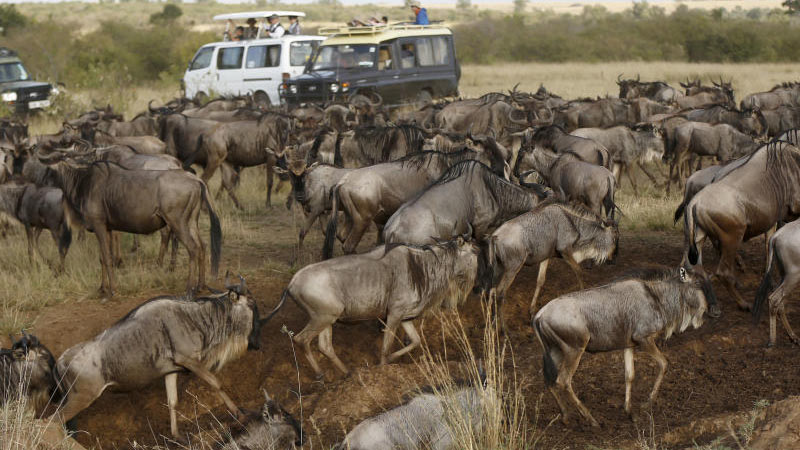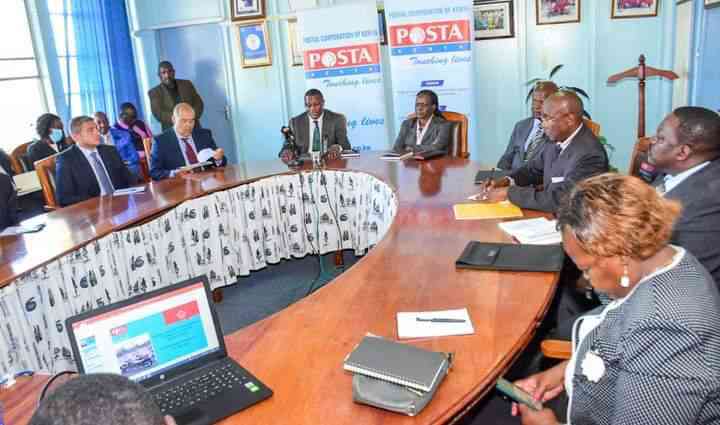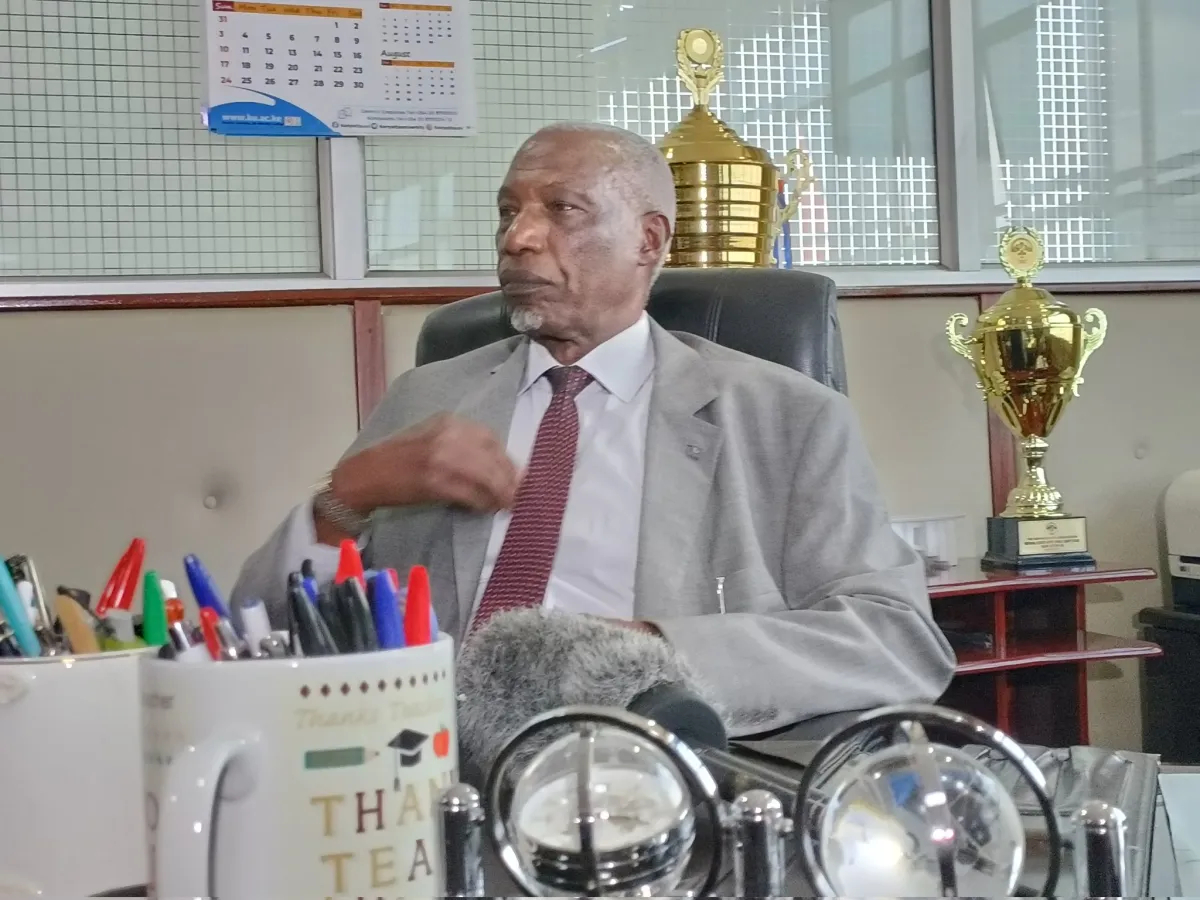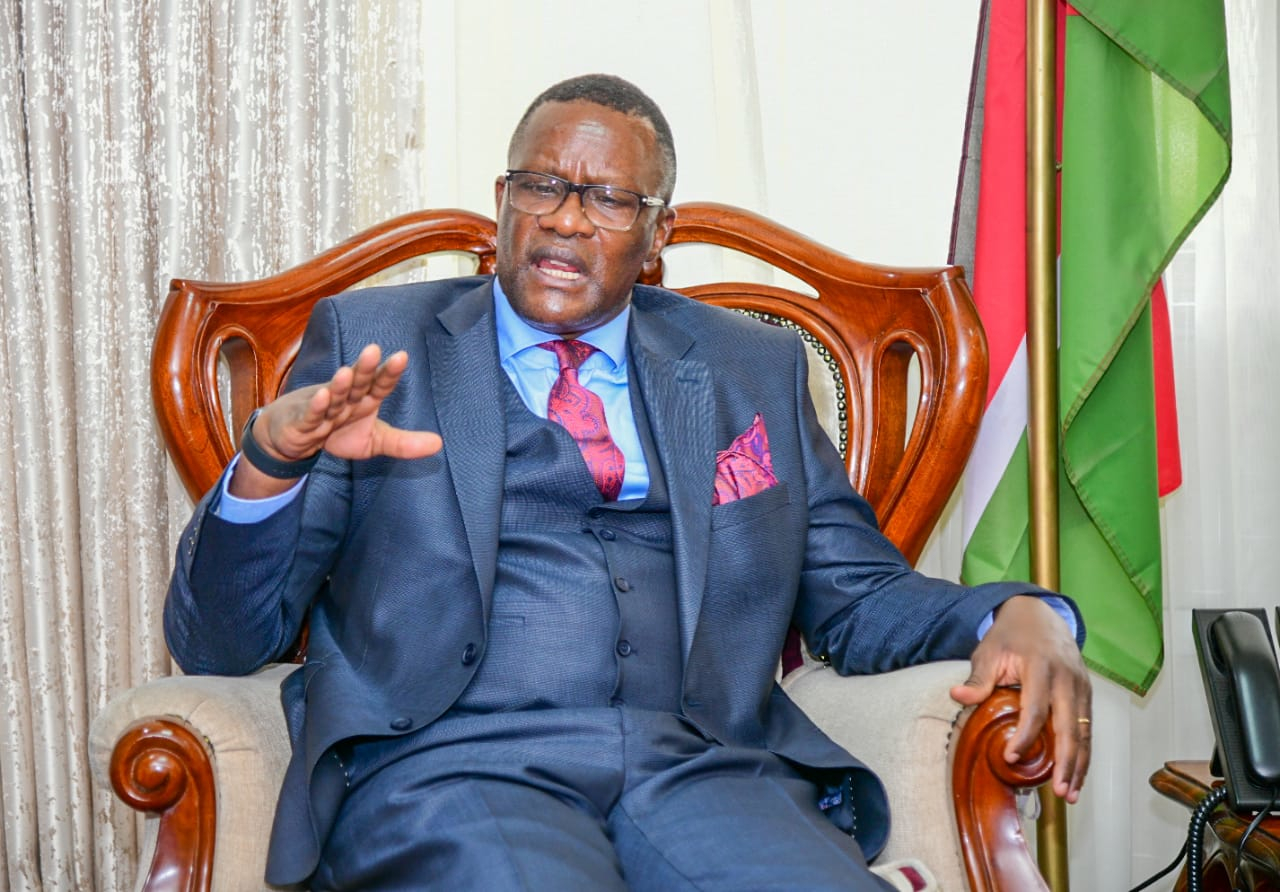
Visitors flock to Maasai Mara ahead of Wildebeest spectacle
Wildebeest Migration is a breathtaking natural phenomenon in which nearly three million wildebeests, accompanied by zebras and gazelles, cross from the Serengeti National Park in Tanzania into Kenya’s Maasai Mara in search of greener pastures.
Narok County Governor, Patrick Ole Ntutu, has assured both local and international tourists of their safety during the ongoing tourism season in the world-famous Maasai Mara National Reserve.
Speaking in Enkineji Village, Narok West Constituency, Governor Ntutu reiterated that the County is fully prepared to receive visitors, with enhanced security and a sustained conducive environment for hotels, cultural exhibitions, and wildlife safaris.
“This is a critical season for our County and the Country at large. We have put all necessary measures in place to ensure tourists feel secure and welcome,” said Governor Ntutu.
“Our camps, lodges, and cultural sites are ready to receive guests from across the globe,” he affirmed.
The peak of the season is marked by the world-renowned Great Wildebeest Migration, a breathtaking natural phenomenon in which nearly three million wildebeests, accompanied by zebras and gazelles, cross from the Serengeti National Park in Tanzania into Kenya’s Maasai Mara in search of greener pastures.
The migration typically begins in June and continues through September, drawing thousands of wildlife enthusiasts and photographers from around the world.
This dramatic movement of animals involves treacherous river crossings, particularly at the Mara River, where herds face deadly encounters with crocodiles and predators including cheetahs.
The intensity, scale and danger of the journey make the migration one of the most remarkable wildlife spectacles on Earth. It has earned global recognition as the ‘eighth wonder of the world’.
Beyond its beauty and drama, the migration plays a crucial ecological role in maintaining the savannah’s balance by promoting plant regrowth and supporting biodiversity.
For Kenya, it is not just a marvel of nature — it is a key driver of tourism revenue and conservation efforts, anchoring the Maasai Mara’s place as one of the most visited national reserves in Africa.
At Mara SOPA Lodge, tourist arrivals are already on the rise. General Manager Ludi Ogot noted that the lodge has seen a significant rise in guest traffic, with staff preparing a variety of dishes and services to cater to the growing demand.
“The energy is electric. Our staff are well prepared and excited. This season looks promising,” Ogot said.
The tourism boom has also brought economic opportunities for locals. Curio sellers, safari drivers, hotel workers, and cultural entertainers are among those benefiting from the influx of visitors.
Naisula Njapit, a beadwork vendor at the Sekenani Gate, shared her delight with the business upturn.
“I’m selling hand-wrist bracelets at Sh 1,000 each. On a good day, I sell up to 10 bracelets. This is a blessing. “Tourism gives us income and dignity and we can provide for our families,” she explained.
Ann Lehner, a tourist visiting from the United States, is excited by the experience: “It’s my first time in Kenya, and everything has exceeded expectations, the people, the wildlife, the lifestyle and even the plants. It’s more beautiful than how we do things back at home,” she pointed out.
Tourism remains a cornerstone of Narok County and Kenya’s economy. According to recent data, Narok County alone generates over Sh 2.5 billion annually from tourism-related activities, contributing a significant share to Kenya’s tourism revenue.
The Maasai Mara accounts for over 40 per cent of Kenya’s total park entry revenues.
The sector has also created thousands of direct and indirect jobs, including tour guides, drivers, hotel attendants, vendors and performers.
With continued investment in security, infrastructure and marketing, stakeholders in the Mara Triangle are optimistic that this season could break previous records in tourist numbers and earnings.
Governor Ntutu emphasised that tourism in Narok is not just about wildlife. It is a lifeline for the community.
“Every visitor here helps educate a child, feed a family, and build our economy. We are proud of the Maasai Mara and will continue working to make it even better,” he said.









